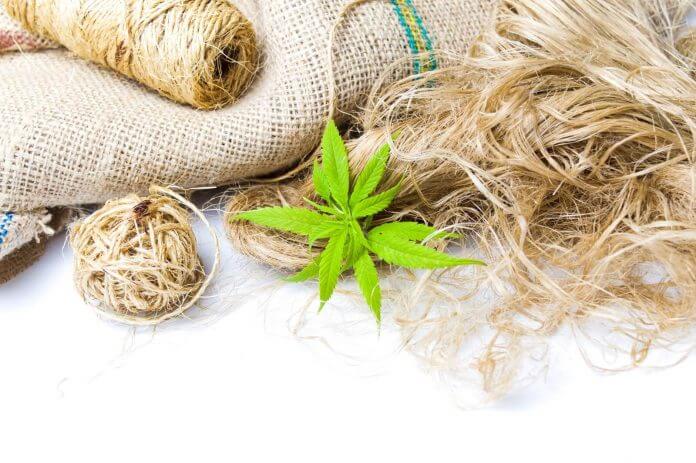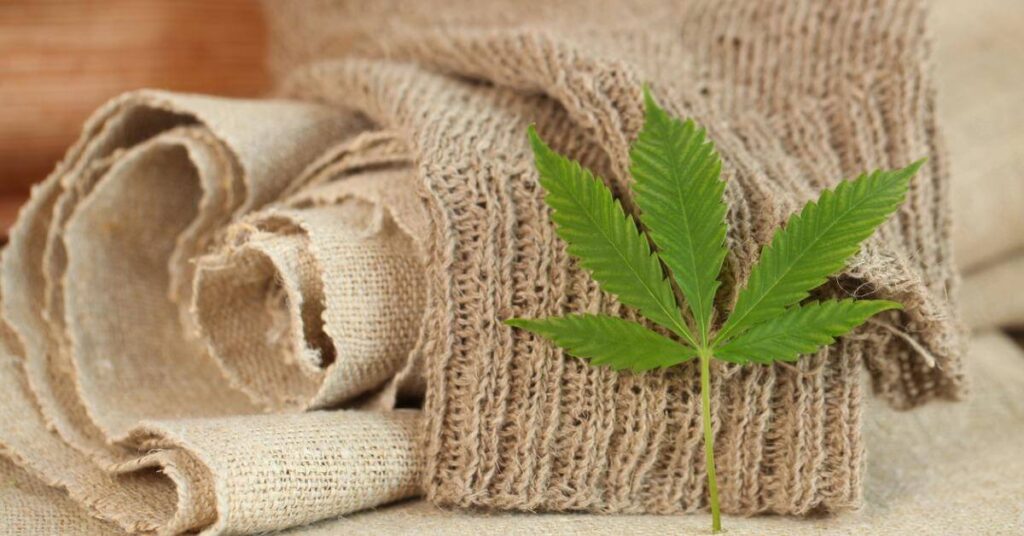
Table of Contents
Mankind has been using hemp fiber to build a variety of products for ages. The earliest use of hemp fiber dates back to 2,800 B.C. One of the most popular uses of Hemp (industrial hemp) fiber is to make hemp ropes. With synthetic ropes ruling the market, you might find it hard to believe but, there’s this equally efficient rope that is just as functional and eco-friendly. It is called Hemp rope. The hemp rope is tangible, durable, and sustainable. As much as it is environmentally friendly, it is budget-friendly too. Unlike other organic and sustainable ropes, one doesn’t have to spend a fortune to acquire hemp ropes.
For a very long time, we assumed hemp to be nothing more than a variety of cannabis. Despite the negligible traces of THC found in it, we believe it to be a psychoactive plant. While in reality, it is an industrial crop that provides raw material to produce a variety of products. The plant also possesses several therapeutic values. The compounds extracted from hemp (cannabinoids) are used to treat a variety of health issues.
The two most popular compounds extracted from hemp are THC (tetrahydrocannabinol) and CBD (cannabidiol). You must know that THC, a compound found in Hemp and other marijuana varieties is a mind-altering compound. It causes a high when consumed in high concentrations. CBD is a non-psychoactive compound that is extremely popular for its therapeutic value.
Having read this far, you might wonder what other purposes can hemp be used for. If you intend to know what is hemp used for, I suggest you stay and read this one. This piece is dedicated to discussing what is hemp rope. We shall take a look at its features, benefits, and uses too. Also, shall we understand what is hemp used for?
What is Hemp Used for?
It’s pretty evident from the name, hemp rope, that hemp is the only source to produce it. But as stated above, hemp ropes aren’t the only use of industrial hemp. Before the recreational uses of hemp came into light, mankind used hemp for several religious, divination, and healing purposes. They also cultivated hemp to process its fiber and produce hemp paper, hemp clothes, hemp ropes, etc.
From the statements mentioned above, you might worry about the negligible amounts of THC found in Hemp. But let us tell you, the ignorable traces of THC found in hemp isn’t anything to worry about. You should know that it is only the flowers of the plant that possesses psychoactive potential. The remaining plant is just as safe. And the majority of hemp products are made using hemp fibers. The following applications of hemp shall give you a brief idea of what is hemp used for.
1. The hemp seeds (otherwise known as the hemp hearts) are bundles of rich protein. They are dense with nutrients. One can use these as an ingredient in several cuisines. They are used in:
- Bread
- Granola
- Cereals
- Protein powder
- Flour
- Or dairy products
- Oil
- customized dishes
2. The hemp flower can be used to extract useful chemical compounds from the plant. By far, scientists have extracted over a hundred compounds from the hemp plant including CBD and THC. These extracts/compounds/cannabinoids can be used in:
- Medicinal/therapeutic purposes
- Edibles
- Oil
- Topicals
- Cosmetics
3. The stalk of industrial hemp is used to manufacture an even wider variety of products. It is the stalk that holds the hemp fiber. The products made using hemp fiber include:
- Animal bedding
- Insulation
- Concrete
- Plastic
- Ropes/nets/
- Bio-composites
- Clothes
- Textiles
- Biofuel
- Paper
- Filters, etc.
What is Hemp Rope?
As understood from the name, hemp ropes are nothing but ropes made using hemp fibers. Just as I already said, the long fibers of industrial hemp can be used to braid eco-friendly, sustainable hemp ropes. Once bast of the hemp stalks is processed, they can be twisted and braided to produce a variety of ropes. While the processed fibers can be braided into small/thin ropes, the thin ropes can be further braided together to form the thicker ones. The hemp ropes were, most certainly, brought into multiple applications in the ancient days.
However, it all stopped when the modern world started banning the cultivation of cannabis and its varieties for their psychoactive behavior. And it wasn’t until a few years ago before hemp and its recreational uses rose to prominence. It was then when the hemp ropes started getting popular once again.
History of Hemp Ropes
The hemp ropes were used in the days as early as 2,800 B.C. In pre-historic times, people used hemp ropes to hunt, pull, fasten, attach, carry or lift things. They resorted to hemp ropes to climb and sail too. The ancient ships used hemp ropes in the sail rigs and anchor cords. Whether it was fishing, equestrianism, or construction, as long as it was about the need for strong ropes, the hemp ropes were the first pick.

Over the years, the decline in hemp cultivation has led to its reduced usage. But despite the highest-quality synthetic ropes available today, nothing compares to the strength of the hemp rope.
Features and Benefits of Hemp Ropes
The hemp fibers are a reliable source to create ropes that can compare to the efficiency and quality of the synthetic/man-made ropes while matching the standard sustainability score. The ropes made using hemp are strong, durable, and low-costly. There comes a long list of benefits associated with the hemp ropes. But that doesn’t make hemp ropes free of flaws. Read through to discover the unique features/pros and cons of the hemp ropes.
1. Features/Advantages
- Unbeatable strength
- Extensive durability
- Cost-effective
- Mold-resistant
- Sustainable
- Tensile
- Free of chemical processing
2. Disadvantages
- Not as suitable for marine uses because the water rots them.
- Needs to be covered in tar for aquatic applications.
- The ends of the ropes are needed to be bound properly to avoid getting frayed.
Hemp Rope Uses
If you take a look at the ancient uses of hemp ropes, you shall come across an extensive list. But now that we have already covered that part, let’s take a look at the present-day uses of hemp ropes.
- Nautical purposes
- Interior designing
- Toys for pets
- Gym equipment
- Thread (sewing, weaving)
- Ropes
- Climbing
- Pulling
- Carrying
- Lifting
- Weaving stuff like rugs, stool, etc.





